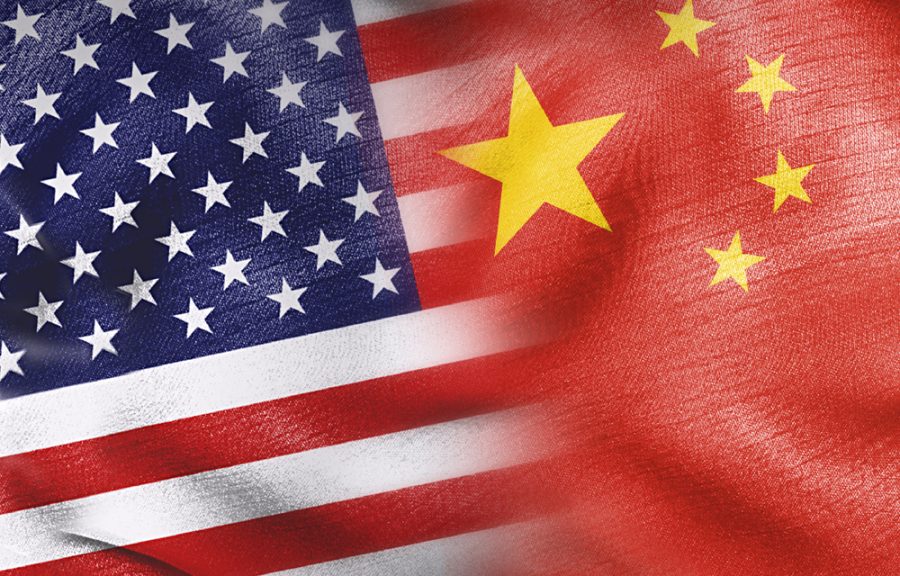A History of the Relationship Between the U.S. and China
February 8, 2023
The relationship between the United States and China has been marked by periods of cooperation, competition, and tension, dating back to the 19th century. In the early 19th century, American merchants and missionaries traveled to China to participate in the trade of goods such as tea, silk, and porcelain. At the time, China was one of the largest and most powerful nations in the world, but it was also in a period of decline. This marked the beginning of American engagement with China, but the relationship between the two nations was often marked by competition and tension.
In the late 19th and early 20th centuries, the United States and China continued to interact, but the relationship was marked by competition and tension. The United States was interested in asserting its economic and political interests in China and taking advantage of China’s weakened state. This period was marked by the Boxer Rebellion, which led to the deployment of American troops to China to quell the uprising.
During World War II, the United States and China were allies in the fight against Japan, but after the war, the two nations found themselves on opposite sides of the Cold War. The United States sought to contain the spread of communism in China, but was faced with the challenge of a communist superpower in Asia. This period was marked by the normalization of diplomatic relations between the United States and China in the 1970s, which was viewed by some as a concession to a hostile and aggressive regime.
In recent years, tensions between the United States and China have reached new heights, as the two nations have become increasingly competitive and confrontational. The United States has raised concerns about China’s economic practices, including unfair trade practices and intellectual property theft, as well as its military and political behavior. China’s behavior has been viewed as a direct challenge to American interests, and has led to calls for a more aggressive approach towards China by the United States.
One of the main drivers of tension between the United States and China is economic competition. China’s rapid economic growth has led to concerns about its ability to challenge American economic dominance. In particular, the United States has accused China of manipulating its currency to make its exports more competitive, and of engaging in theft of American intellectual property. In response, the United States has imposed tariffs on Chinese goods and taken other measures to address China’s economic practices.
Another key area of tension between the two nations is military competition. China’s militarization of the South China Sea, its support for North Korea, and its efforts to extend its influence in Asia and around the world have been viewed as a direct challenge to American interests. The United States has responded by increasing its military presence in the region and strengthening its alliances with other countries in the region.
Tensions between the United States and China have also been fueled by political and human rights concerns. The United States has raised concerns about China’s human rights record and its treatment of ethnic and religious minorities, including Tibetans and Uighur Muslims. The United States has also accused China of using its political and economic power to interfere in American politics and to undermine American interests around the world.
Despite these tensions, there have also been periods of cooperation between the United States and China. For example, the two nations have worked together on issues such as climate change and non-proliferation, and have pursued common goals in areas such as counterterrorism and public health. However, these periods of cooperation have been limited, and the overall relationship between the two nations remains marked by tension and competition.
In conclusion, the relationship between the United States and China has been marked by periods of cooperation, competition, and tension throughout its history. Today, tensions between the two nations continue to escalate, fueled by economic, military, and political competition. As the two largest economies in the world, the United States and China will continue to play a significant role in shaping the future of the global political and economic landscape. It is important for both nations to find ways to manage their differences and cooperate where possible, as the stakes for peace and stability in the world are high. However, in the face of growing competition and tensions, finding common ground and building a stable and productive relationship between the United States and China will be a major challenge in the years to come.












